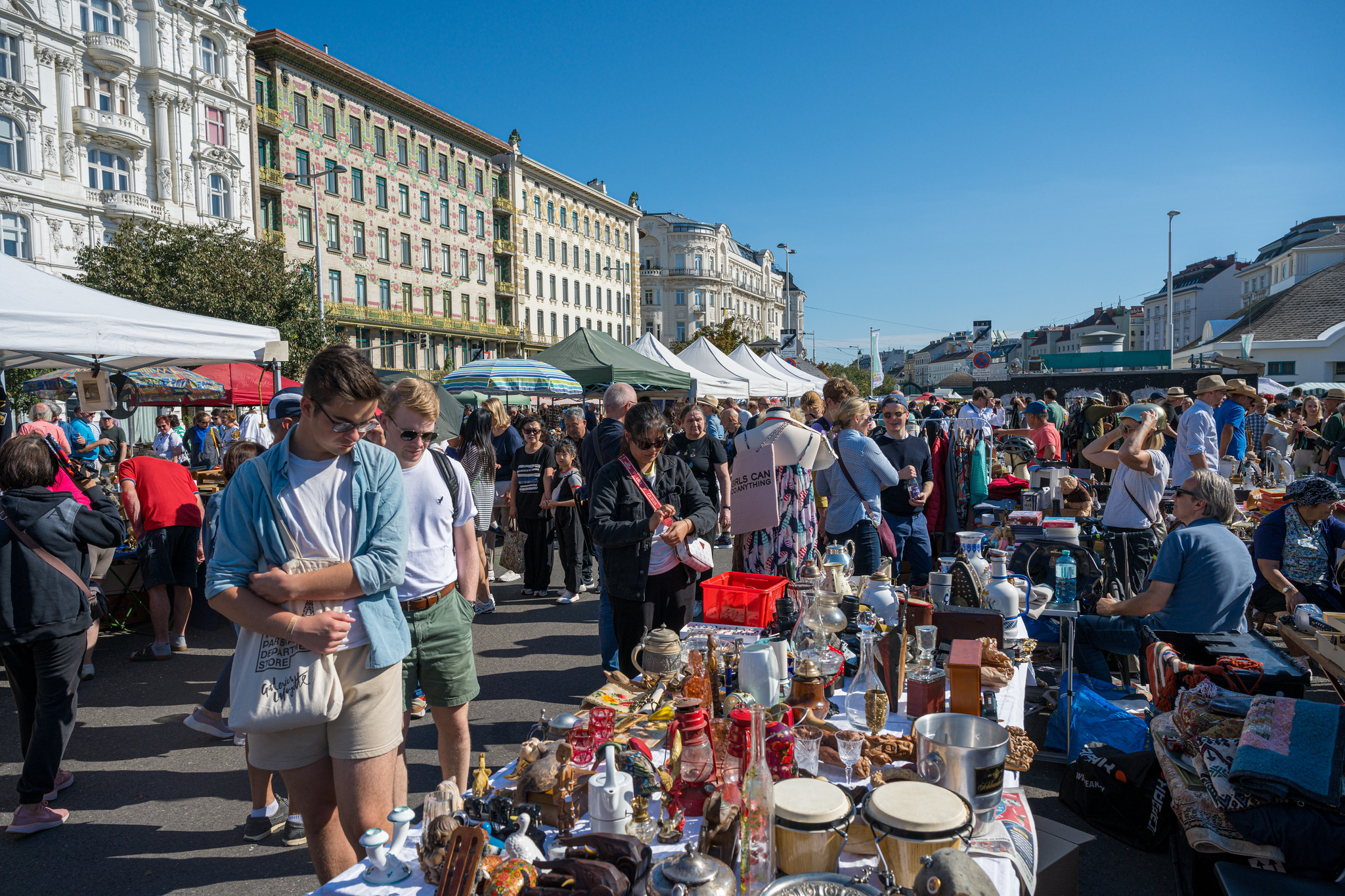
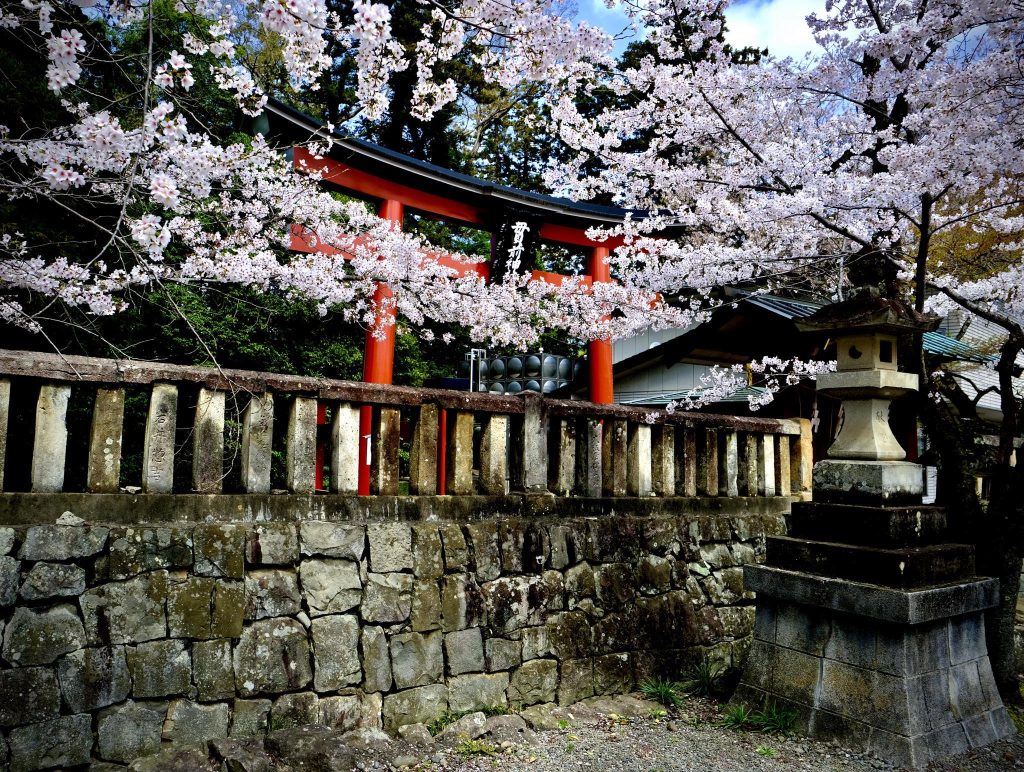
Imagine walking along a road that crosses rural Japan and takes you through 69 post towns, where merchants, samurais, monks and travelers once used to stop by. All around you, artifacts, buildings and landscapes recount the story of Japan and how its unique identity was gradually formed. You wander through the country and dive at the same time in a distant past.
This road is the Nakasendo – the “Central Mountain Route” as the Japanese name indicates – and it stretches over 500 kilometers from Tokyo to Kyoto. It was built in 1603, at the beginning of the so-called Edo period, when Japan was ruled by a Shogun and the capital of the country was moved from Kyoto to a place called Edo and now known as Tokyo.
Two experts of Japan’s history and culture have recently embarked on a journey to (re)discover the Nakasendo. They are walking along this route, interviewing people and taking notes. Their goal is to provide the first up-to-date, interactive guide to this amazing and quite forgotten historic road. Their names are Frank and Carrie Lange and this is their story.
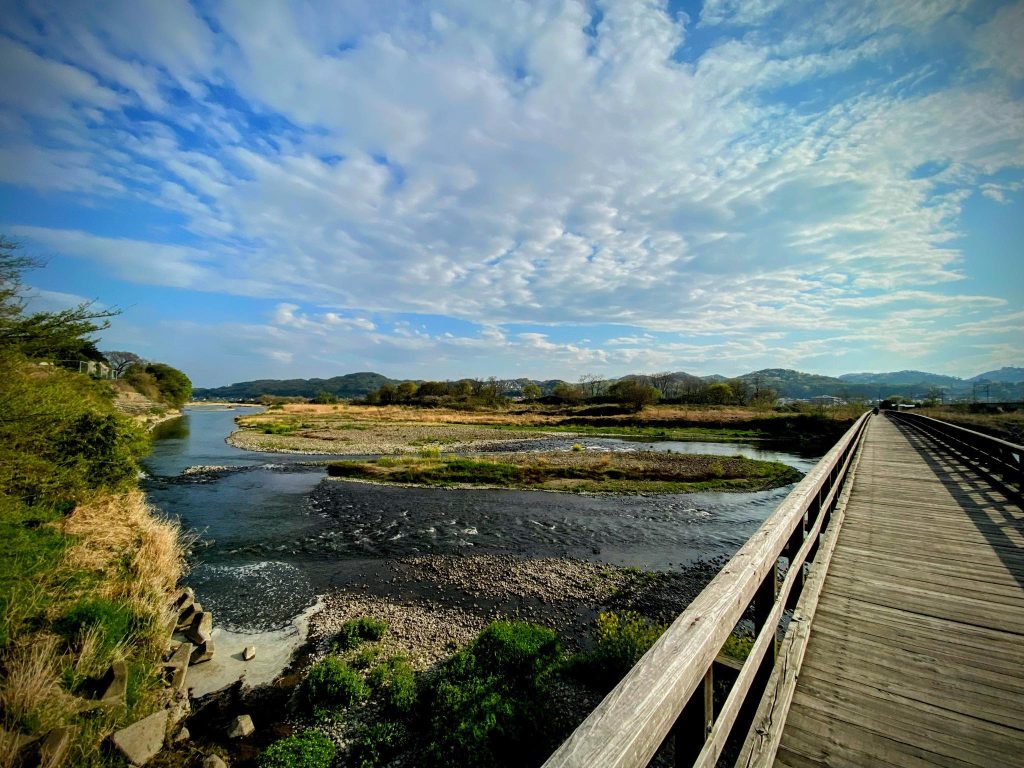
Frank and Carrie, let’s speak about your journey along the Nakasendo. Where did you start and at which stage are you now?
There are two ways to walk the Nakasendo path: you can walk from Kyoto to Tokyo, or from Tokyo to Kyoto. We chose Tokyo to Kyoto, and we started in Nihonbashi, which is the classical start of the route.
Traditionally, people tend to walk the Nakasendo in a very linear fashion and they stay in a different inn every single night, just the way it was done 400 years ago. However, since we’re writing about it and we’re doing research, that way is not very practical. So, what we do to deal with this is to get a place that’s somewhat centralized, and from there we do sort of a hub and spoke thing.
So far, we’ve completed approximately 25% of the path, which includes the very first 25% in terms of both miles and the number of stations. Last time we spent a month in Honjo, which is the last station in the Saitama Prefecture. We were there for five weeks and we made it almost up to the Usui Pass, which goes up into the mountains to Karuizawa, so that’s where we are starting now.
After refining our process a little bit and having a lot more directed preparation, we’re hoping to cover the middle half. Then, for next spring, we plan to tackle the last 25 to 30% that remains to be explored. So, for this time, we have an Airbnb for a month, near Karuizawa, and also near the section that goes from Karuizawa to the Wada pass, which is one of the only sections that doesn’t have a train line right next to it. So there’s one little tiny section that goes up over the highest pass and then when you drop down, you’re in the Kiso Valley which is the most beautiful place where most people go.
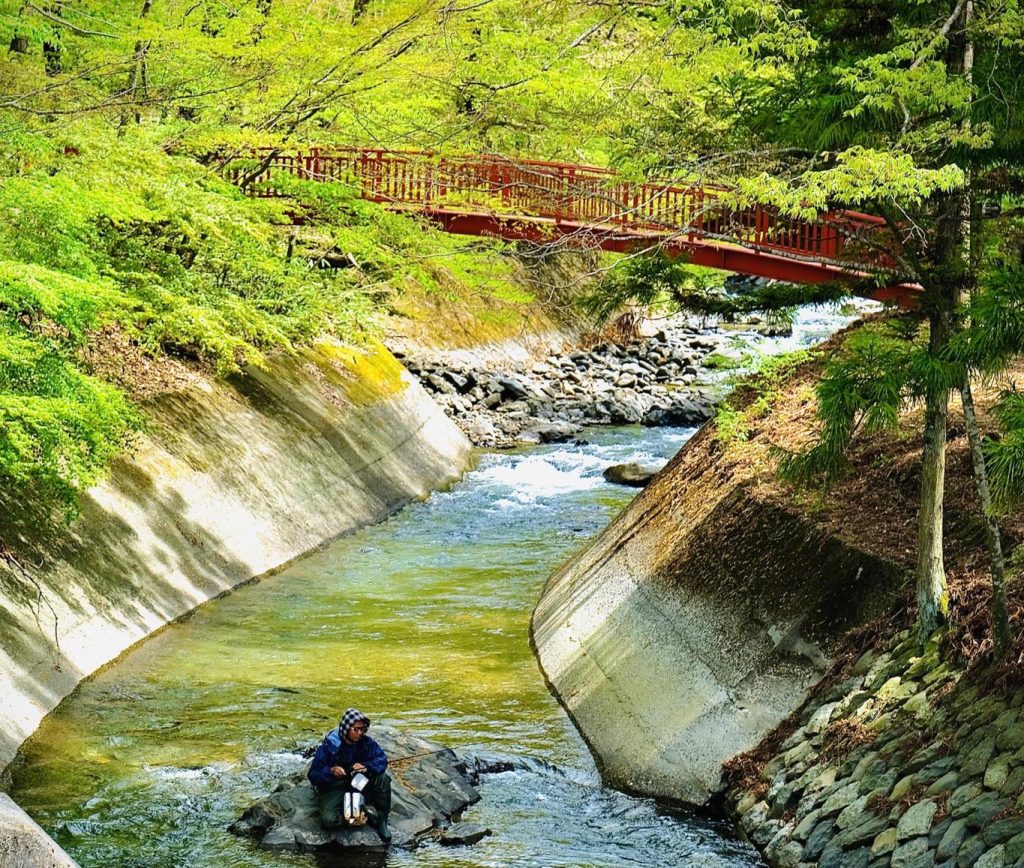
The Nakasendo crosses mountains, but also valleys and plains, right?
Yes. I think people don’t fully understand just how diverse a country Japan actually is. In popular culture around the world, Japan may seem quite homogenized, but when you explore its terrain, you’ll discover its true diversity. When you leave Tokyo, you’re in a long, flat plain, but then, you start climbing into the foothills, and suddenly, you’re on the Central Alps. As you continue, you’ll dive deep into these wooded valleys, winding around these massive mountains. And then, you descend again into another plain, opening up to a vast lake that’s almost like an inland sea, as you travel around its southern shore. Finally, you arrive in Kyoto.
Every section of the road has a distinct personality, if you will. This diversity stems from the physical characteristics and cultural aspects of each region. You encounter different customs, and sometimes even different dialects, as you meet people who have a unique perspective on the land and everything else throughout the journey.
What is the origin of such cultural diversity?
The fact is that, before the Edo period (1603-1868), people in Japan were completely closed off from each other. They were so isolated that everything, including the languages and dialects, was vastly different. In the beginning of the Edo period – with the construction of roads such as the Nakasendo – people sometimes referred to “international travelers” because they were, in a sense, so isolated, perhaps only separated by a mountain range, but it might as well have been an ocean back then.
They actually had to carry documents that were similar to passports. These documents had to be issued by their respective domains, which permitted their travel through different mini-kingdoms, for lack of a better word. These documents allowed them to pass through other domains to reach their destination. So, in essence, it was treated as if they were coming from a foreign country and the process of homogenizing Japan didn’t begin until they started traveling more during the Edo period.
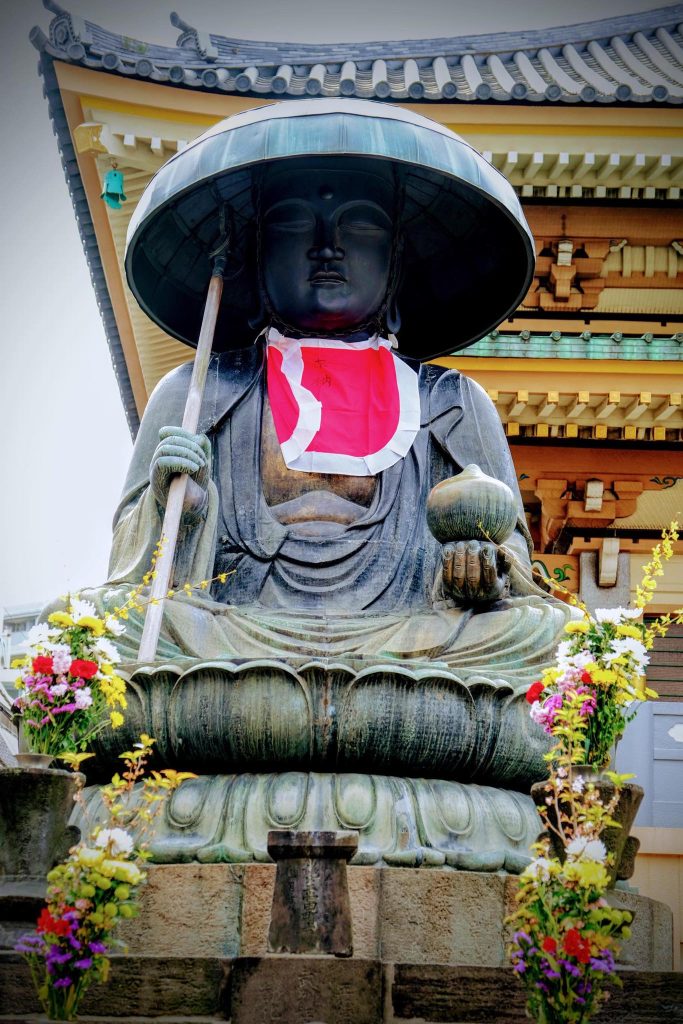
Let’s go back to your journey. Can you tell us a bit more about how you’ve organized your work?
In the central section of the Nakasendo, the one we are investigating now, many of the towns or station post towns along are actually quite small, typically around three to four kilometers apart. As a result, we should be able to cover more of these each day. Our plan is to aim for about one and a half towns or station post towns daily, with a couple of rest days per week dedicated to writing and work. Given the smaller size of these locations in this section, we hope to make faster progress.
It’s also tough here because we go by points of interest. Sometimes these points of interest are easy to find, well-known, and obvious. Other times, they’re not so obvious and you have to locate signposts or rely on a knowledgeable local to guide you. It takes a tremendous amount of research, both historical and geographical, before you get there to figure it out.
Who are the people you rely on during your journey to collect information? Who do you normally interview?
The key to our Nakasendo journey are these incredible high-school teachers. You see, in every town along the route, there’s invariably this solitary figure, who happens to be a high school teacher. These passionate educators are on a mission to impart the rich history of the Nakasendo to their students. They’ve established these charming little museums that delve deep into the history of the area. What makes it all the more fascinating is that many of these towns still have Kuras, those sturdy stone warehouses designed to protect against fire. Within these Kudas, they’ve been uncovering records dating back to the 1700s and even the 1600s, revealing previously unknown facts about the Nakasendo’s history.
So, when we embark on our journey, we keep an eye out for these incredibly passionate and somewhat nerdy individuals who have an unwavering love for this historical treasure trove. The only challenge is that once you start chatting with them, it’s hard to tear yourself away.
Moreover, tourist offices and the charming little museums dotted along the Nakasendo are often found in the historic buildings, typically serving as the main inns for each station. Stepping inside, you’ll likely encounter an individual in their 80s, someone who has dedicated their entire life to preserving and sharing the history of the Nakasendo. These individuals are a treasure trove of knowledge and stories, and they genuinely light up when they realize we’re interested in their history. They’re incredibly forthcoming with information and anecdotes that make the journey all the more enriching.
How does the Nakasendo look like today? How are these 69 post towns?
Well, there is a somber note. Japan’s population situation is shifting rapidly, and this generation of custodians of history is dwindling. Their birth rate has been steadily declining, which is a cause for concern. When you venture into some of these towns, it’s hard to ignore the fact that many storefronts are now boarded up, and the once-vibrant streets are quieter. It’s heartbreaking to think that many of the remarkable museums we visited, often just old buildings brimming with artifacts and overseen by a single dedicated individual, may not endure for much longer, and that is something we genuinely worry about.
The area where we observed the most significant demographic challenges was just outside Tokyo in Saitama prefecture. This region is home to many bedroom communities and suburbs catering to people who work in Tokyo.
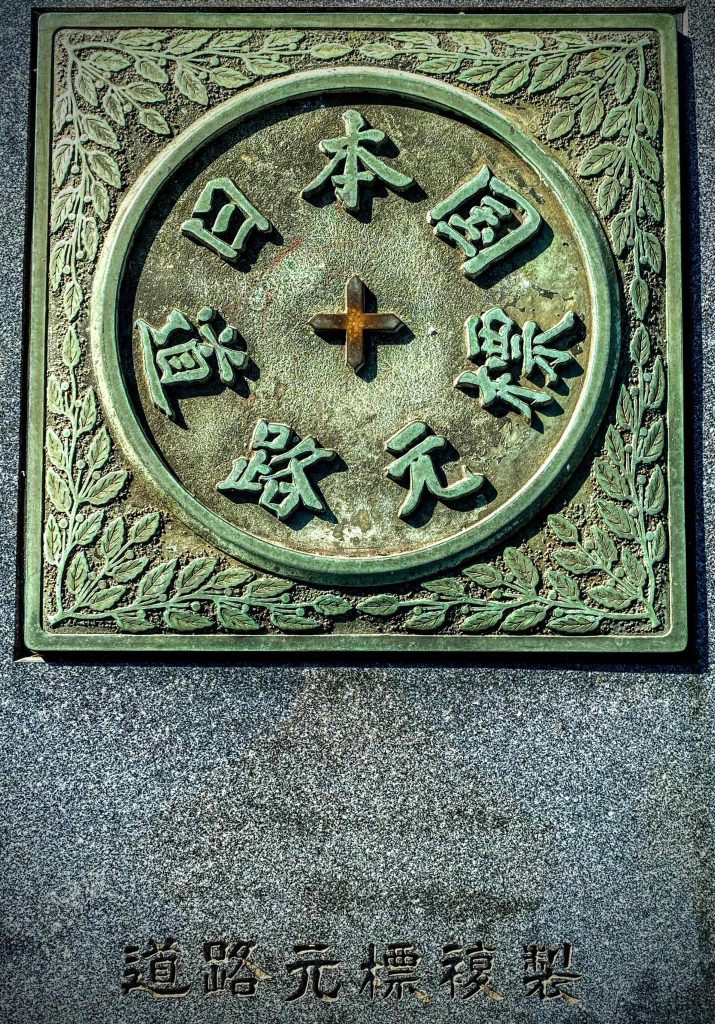
However, there’s a noticeable trend where young people are increasingly moving into Tokyo, not having children, leaving the older generation behind in these outlying villages. Consequently, the average age in these smaller towns easily surpasses 70. There are very few children, and in one town within the mountainous section, they hadn’t seen a birth in nearly three decades until recently. It’s not uncommon to come across deserted towns nestled in the mountains, with numerous empty houses and vacant storefronts.
However, when you transition into more tourist-centric areas, like the Kiso Valley, the situation changes. There’s a greater number of active businesses, and tourism drives a more significant portion of the local economy. I suspect each region along the Nakasendo may present a unique scenario. During our travels, we had a couple of experiences that were quite eye-opening and underscored the urgency of this demographic shift.
We encountered abandoned temples that were no longer manned because there weren’t enough monks to care for them. It’s somewhat fascinating to stumble upon these overgrown, deserted shrines while exploring the countryside, but it’s also disconcerting to contemplate what the landscape might look like in the next two decades if the government doesn’t take steps to address the population exodus from urban centers. Without intervention, many of these towns are at risk of becoming completely deserted.
This transformation is a saddening prospect, and that’s why we are eager to document and bring attention to these unique places before they disappear entirely.
What is the main outcome that you imagine for the Nakasendo project?
We’ve had many discussions about our future plans, and what we are envisioning is an interactive experience. Our idea is to create a website where users, armed with their smartphones, can engage with the content dynamically. They can navigate through a map, follow our journey, explore points of interest, and access additional information, such as historical context, related stories, or in-depth blog posts.
Ideally, we want someone standing in front of a historic site to be able to view it in the context of the entire town. They can simply click on it and discover the role it played in history. We could provide links to notable figures like the famous daimyo who frequented the area or significant battles that took place nearby. For those who wish to delve even deeper, we’d offer further links to expand their knowledge. In essence, we are leaning towards creating a highly interactive and immersive experience.
We’ve also been discussing the concept of layers for our project. Initially, our goal is to gather the fundamental information, essentially the bones, about the towns and their key locations. We aim to have this groundwork completed by early summer next year. However, we are planning to incorporate various additional layers to enhance the experience. One such layer involves creating a comprehensive list of festivals and activities.
These towns boast a multitude of reenactments and unique events. For instance, the princess herself has her own festivals where women dress up as Princess Kazunomia and throw dolls to the children, just as she did in her time. Every town has its own distinctive festival traditions. Recently, we stumbled upon one town that features a remarkable giant iron cauldron in the center, and we’re excited to attend an event where they prepare what they call “1000 person soup.” This involves making an enormous pot of mushroom soup sourced from the surrounding mountains, and the entire town comes together to enjoy it. These events range from military reenactments to charming Edo-era food festivals. Incorporating this layer, we plan to provide a comprehensive list of all the festivals and activities taking place throughout the year.
Furthermore, we are considering expanding our project by adding more layers, such as information on Edo-era restaurants and breweries. This will help showcase the culinary and beverage traditions that have persisted through the ages.
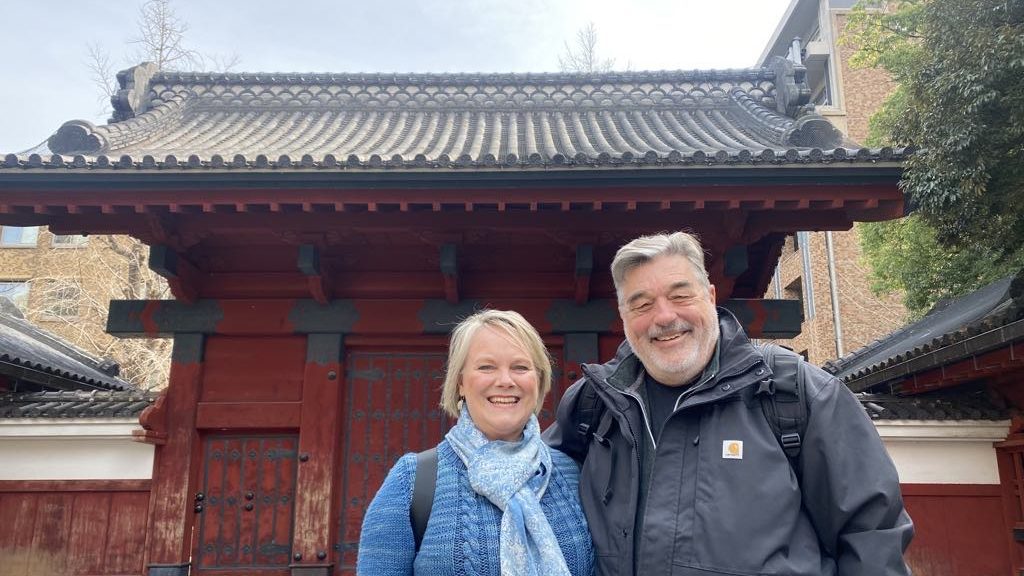
Carrie Turney Lange
Carrie earned an undergraduate degree in Linguistics and a master’s degree in Asian Studies focusing on the evolution of small to medium enterprises in Japan while working for a company in Tokyo in the late 1980s. Carrie has been a regular visitor to Japan through business and personal travel and, besides a lifelong love for Japanese history, food, and culture, has a passionate interest in Japanese art, textiles, and ceramics. Carrie is proficient in both spoken and written Japanese and is currently based in Chiang Mai, Thailand.
Frank Lange
Frank earned an undergraduate degree in International Relations with a minor in Japanese history and a master’s degree in Asian Studies focusing on post-war economic relations between Japan and China. Having lived and worked in Tokyo in the 1980s, he has continued to be a regular visitor for both business and pleasure over the last 33 years. Following a successful 30-year career as a senior business executive focused on Japan and Asia, he is now a photographer and writer living in Chiang Mai, Thailand.

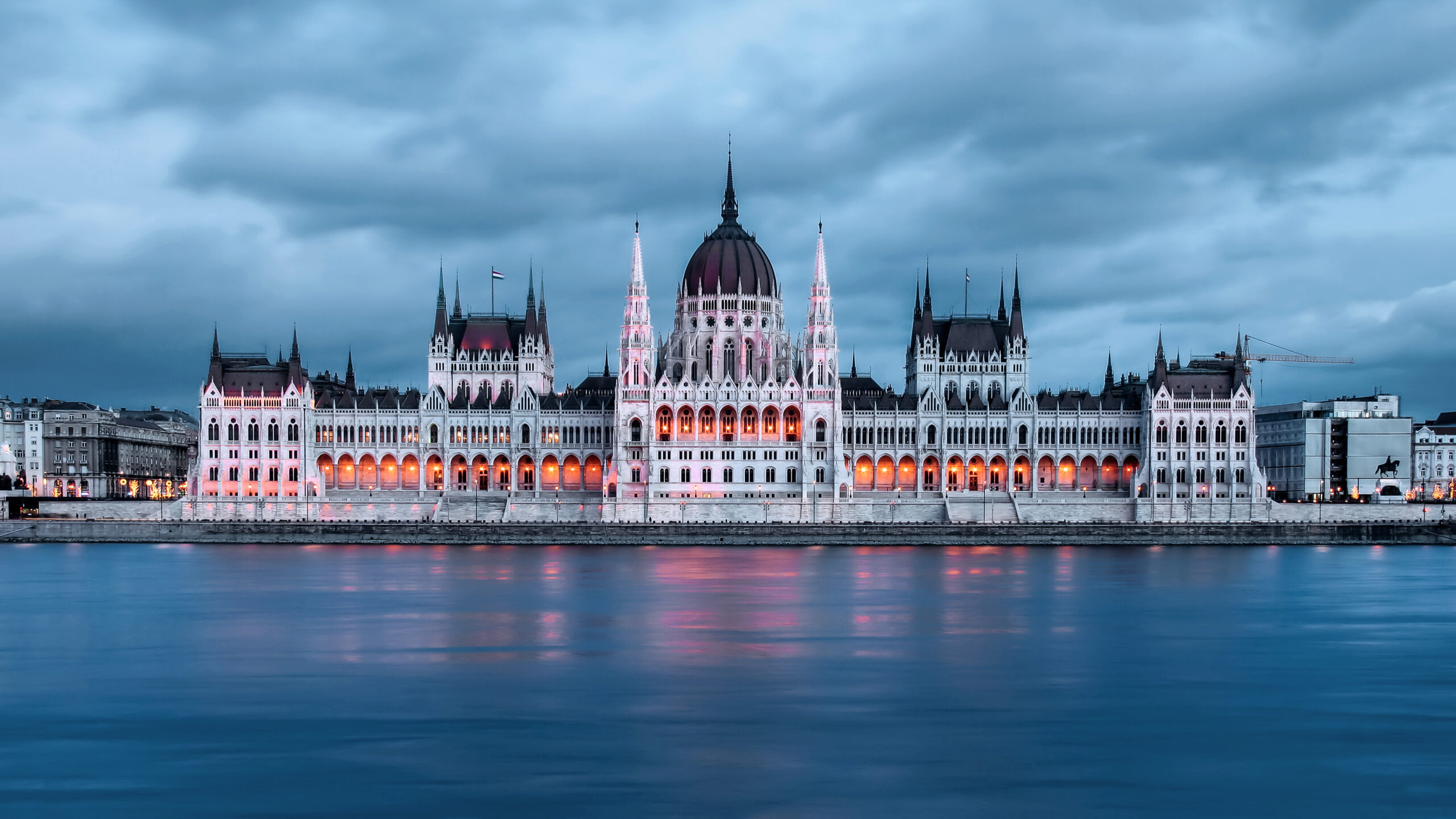

Start your journey in the Extinguished Countries!
Get a free chapter from our first guidebook “Republic of Venice” and join our community!